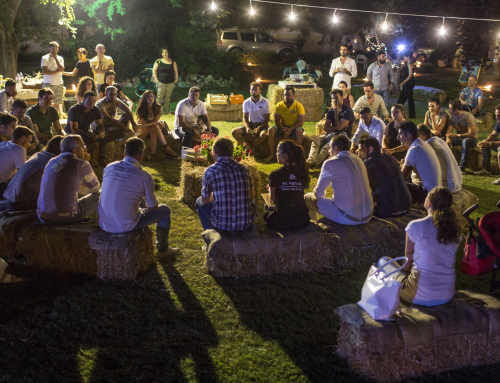This won’t be news to film buffs but I’m interested in the lessons for design projects. The Danish film cooperative Dogme have developed an interesting model of work. Co-founders von Trier and Vinterberg developed a set of ten rules that a Dogme film must conform to. These rules, referred to as the Vow of Chastity, are as follows:
1. Shooting must be done on location. Props and sets must not be brought in (if a particular prop is necessary for the story, a location must be chosen where this prop is to be found).
2. The sound must never be produced apart from the images or vice versa. (Music must not be used unless it occurs where the scene is being shot).
3. The camera must be hand-held. Any movement or immobility attainable in the hand is permitted. (The film must not take place where the camera is standing; shooting must take place where the film takes place).
4. The film must be in colour. Special lighting is not acceptable. (If there is too little light for exposure the scene must be cut or a single lamp be attached to the camera).
5. Optical work and filters are forbidden.
6. The film must not contain superficial action. (Murders, weapons, etc. must not occur.)
7. Temporal and geographical alienation are forbidden. (That is to say that the film takes place here and now.)
8. Genre movies are not acceptable.
9. The final picture must be transferred to the Academy 35mm film, with an aspect ratio of 4:3, that is, not widescreen. (Originally, the requirement was that the film had to be shot on Academy 35mm film, but the rule was relaxed to allow low-budget productions.)
10. The director must not be credited.
see www.dogme95.dk and
en.wikipedia.org/



